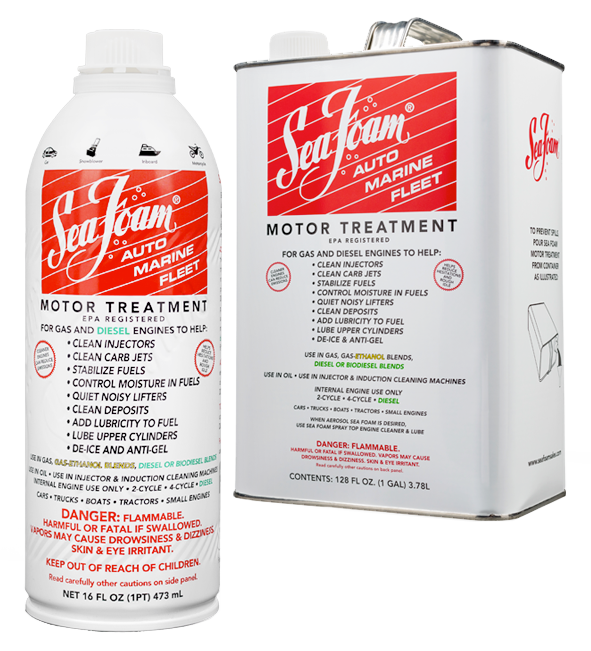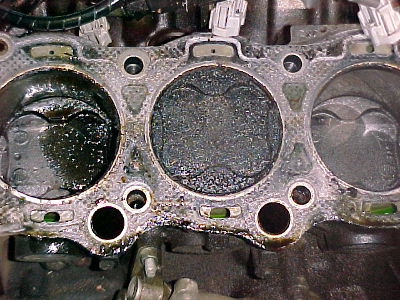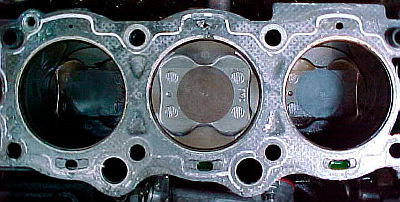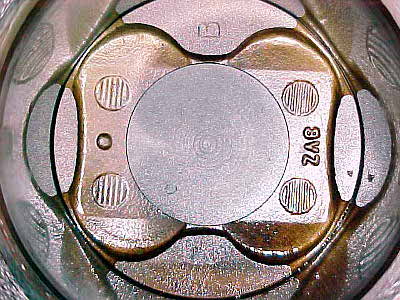Seafoam
Last Updated on March 24, 2024 by Mutiara
Seafoam is a 100% petroleum product that can be purchased in any auto parts store. It is used as a fuel system treatment, oil additive, and engine cleaner. Usually it is the best $ 6-9 dollars that can be spent on any car with more 60,000 miles. Seafoam cleans fuel injectors, carburetor jets, carbon buildup, stabilizes fuels, removes moisture in fuel, de-ices, frees sticky lifters and rings, removes moisture in oil, and cleans pcv systems. Using a can of seafoam directly through the vacuum line or carburator helps free up all the carbon buildup inside the cylinders and has a great effect on gas mileage and performance of any used vehicle. Seafoam is similar to Mopar combustion chamber cleaner.
History
Seafoam was developed originally for the marine market, hence the name. Fred Fandrei, the founder of Seafoam, showed Evinrude Outboard Motors how to solve their stale fuel, varnish and carbon problems with its use. Because the product worked so well, and after many years of experimentation, Seafoam became a great problem solver in the automotive after market as well. Seafoam is a 100% petroleum product and can be used in all engines including diesels.
Engine application
The following effect can also be achieved with injecting water into the engine, which cleans carbon quite as well, for no cost.
Certain engines that are more prone to dropping valve seats should be cold when undertaking this procedure. This will help reduce the amount of stress on engine components from temperature differences and expansion. However this also reduces the effectiveness of Seafoam, because carbon and other contaminants in the combustion chamber are best cleaned when hot.
- Start the engine and locate the most accessible vacuum line. This is usually the brake booster line. Take the line off and put it up to the can of Seafoam.
- The engine’s vacuum will begin to draw the seafoam out of the can. While doing so the engine will want to stall, so reving the throttle is required. Usually this is easiest with a friend inside the car but can be done by using one hand to hold the bottle and hose and the other to rev the throttle body.
- The engine may vibrate and shake during the intake but this is normal.
- Seafoam can also be used by pouring small amounts into the cylinders while changing the spark plugs. However pouring too much can hydrolock the engine and cause damage. Usually no more than 20 ml is recommended per cylinder.
- Once the entire can of Seafoam is empty the engine should be turned off and left to sit for 5 minutes. During this time Seafoam will soak into and weaken the carbon and oil deposits inside the cylinders.
- Turn on the engine, which may require some extra throttle the first time. Once the engine is on, lots of thick white smoke will come out of the exhaust. This is normal, the smoke is the Seafoam along with deposits being burned out of the engine. The dirtier the engine the more smoke will come out, it serves as a good sign of the treatment working.
- Typically new engines with less than 50,000 miles will barely smoke at all, and will not see as much of an improvement from the Seafoam engine treatment due to lack of deposits buildup.
- Drive the car until all of the smoke is gone. If the white smoke dissapears and blue smoke begins to come out at the end, this is fine as it will dissapear in 5-10 minutes of driving.
Oil application
Pour 1/3 – 1/2 of a can of Seamfoam into the oil to clean rings, lifters, dirty parts and remove moisture. This will thin out the oil a bit and should be done prior to changing the oil to ensure that all the dirt does not stay in the oil for long. Depending on the amount of sludge in the engine, it should be run for 15 minutes while idling or driven for a few hours with Seafoam before the oil change.
Fuel application
Pour 1/3 – 1/2 of half a can into fuel tank to clean injectors, carburetor jets, fuel lines and remove moisture. Seafoam can also be placed directly into the rail for faster injector cleaning.
Exhaust leak detection
Another helpful application of Seafoam is finding exhaust leaks. The thick white smoke created by Seafoam helps to pinpoint areas where otherwise invisible exhaust leaks exist. For best results, the fan should be disabled otherwise the smoke will be dissipated too quickly, and the procedure performed on a non windy day.
Concerns
As with any product, negative effects are always a possibility, but only under rare cirumstances such as:
- Hydrolocking the engine: This is not possible to do through an ordinary vacuum line because not enough Seafoam can be drawn without stalling the engine first. The only way is if the etire can is somehow emptied by other means very quickly or if too much is poured into the spark plug openings (see above).
- Heat warping valves: Some claim that injecting Seafoam directly will cause a lot of stress on the valves by cooling them too quickly and result in warping. Valves are already cooled slightly by the fuel and intake charge as it passes by them and are designed to handle the temperature difference. This scenario is unlikely.
- Dropping a valve seat: On certain engines which are prone to valve seat failure, using Seafoam might provide the slight temperature difference needed to get the valve seat lose and end up in complete engine failure. An example of this happened on a Ford Escort after running Seafoam.
- Creating leaks: Whether compression or oil leaks, some can develop on rare occasions if the engine is held together by dirt and Seafoam cleans that dirt away. Also, a very rare scenario, as experience shows that running seafoam through 4 cylinder engines with even 200-300 thousand miles does not create negative effects.
- Releasing contaminants into oil: If the engine contains excessive amounts of sludge, what can happen is some of the sludge that would otherwise stay in place will get freed up from the use of Seafoam and begin to travel throughout the oil system. Ruining bearings, clogging up filters, and clogging up the oil sump screen mesh, effectively starving the engine of oil. This is why the procedure should only be performed just prior to changing the oil and oil filter.
The massive amounts of white smoke that is created from running seafoam is very entertaining and often times the best part of the experience. Some may worry that it can lead to getting pulled over or other problems. However police usually do not have an issue with it, and understand that it is temporary. The chances of getting violations or legal problems from running the car on a major street after using seafoam are slim to none. However it is recommended not to do this in a parking lot close to other cars as smoke will enter other cars or buildings and create unecessary tension.
Before & after photos



